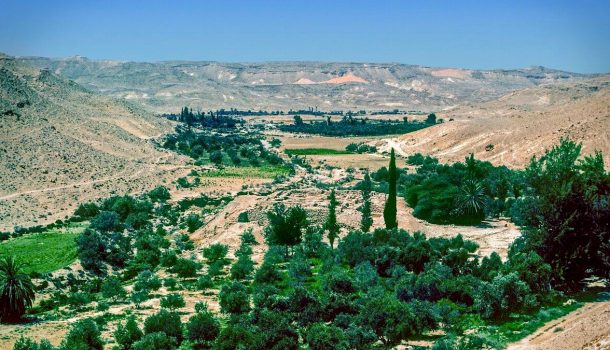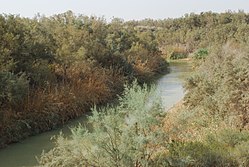 |
| ancient synagogue, Kfar Bar'am, courtesy, Wikipedia |
During the
time of Joshua, the site was allotted to the tribe of Naphtali but the town
itself was established by Jews centuries later. The synagogue was built in the
Talmudic period (3rd century) and, it was said, named after Rabbi Shimon
bar Yohai, a survivor of the bar Kokhba revolt against the Romans (132-135). There
is an inscription under the right window on the facade, which reads, in Aramaic:
"Banahu Elazar bar Yodan", "Elazar bar Yodan built it". During
the Middle Ages, Kfar Bar’am was still a Jewish village and described by
numerous travelers who passed through the area, such as Rabbi Shmuel ben
Shimshon in 1210 and Rabbi Jacob of Paris in c. 1260. In 1522, Rabbi Moses Basola visited the
site and described the synagogue.
In 1762 Kefar Baram was destroyed and the remaining Jews abandoned the
town. In the 19th century, the Maronites resettled the village followed
immediately after by the Melkites. The village was severely damage in the earthquake of 1837
including the ancient synagogue and the Maronite
Church. During the 1860 civil war in
Lebanon, Kfar
Bar’am, as a largely Maronite village, was attacked by Muslims and Druzes.
During the
period of the British Mandate, the area was the subject of intense
archaeological activity, especially the synagogue which eventually became the
inspiration for other synagogue designs throughout the Diaspora, for example, the
Henry S. Frank Memorial Synagogue at the Einstein Medical Center in
Philadelphia. Today, the synagogue, as well as the Maronite Church and Christian cemetery, are situated in the
Bar’am National Park and are visited
by thousands of tourists annually. Also located in the Park are the Tombs of Mar Zutra, Nahman Katufa, Ovadia
the Prophet, and Pinchas ben Yair (according to Jewish
tradition) 2nd century tanna or rabbinic sage.
Kfar Bar’am was
captured on October 31, 1948 by the Israel Defense Forces during the War of
Independence. Because of the security situation, the villagers had to leave. In
1949, due to frequent cross-border infiltrations by Arab terrorists, they were
barred from returning to the border zone. On June 16, 1949, Kibbutz Bar'am was founded
nearby by demobilized Palmach soldiers to guard and hold the
border with Lebanon. In the 1970s, the former Christian inhabitants waged a
court battle to return to the site. Eventually, their church was restored to
them but, as of this writing, nothing else has and the battle is still
on-going.
Today, the
kibbutz operates the Bar David Museum,
which houses bi-annual exhibitions from the large permanent collection of
paintings and Jewish ritual objects, plus temporary exhibitions of fine art,
sculpture and photography, and a small Archeology Room that exhibits objects
from the region, such as ceramic and glass artefacts and jewellery and
statuettes.



